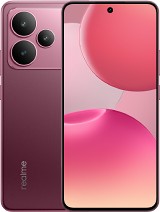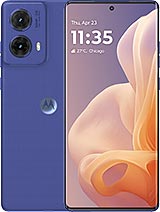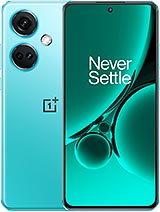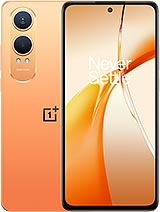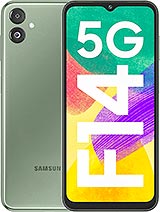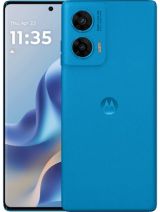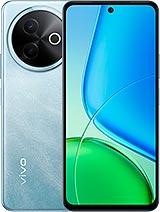Lava Blaze Amoled 2 alternatives
Tap above to see alternatives.
Vivo Y39 alternatives
Tap above to see alternatives.
Lava Blaze Amoled 2
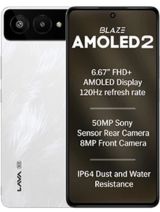
Lava Blaze Amoled 2
-
Dimensity 7060
6 nm
-
5000 mAh
33W
-
6.67"
1080 x 2400 pixels
-
50 MP
1080p@30fps
-
Specs

2x2.6 GHz Cortex-A78
6x2.0 GHz Cortex-A55
2x2.2 GHz Cortex-A78
6x1.95 GHz Cortex-A55
8GB 256GB (UFS 2.2)
(wide), AF
Auxiliary lens
f/1.8, (wide), PDAF
2 MP
f/2.4, (depth)
f/2.0, (wide)
SIM1: Nano, SIM2: Nano
9 5G bands
n1, n3, n5, n8, n28, n40, n41, n77, n78
8 5G bands
n1, n3, n5, n8, n28, n40, n77, n78
In this performance comparison, the Lava Blaze Amoled 2 with its Mediatek Dimensity 7060 (6nm) performs better than the Vivo Y39 with the Qualcomm Snapdragon 4 Gen 2 (4nm), thanks to superior chipset efficiency.
Vivo Y39 offers 2 years of OS updates, whereas Lava Blaze Amoled 2 provides 1 years. For security updates, Vivo Y39 offers 3 years of support compared to Lava Blaze Amoled 2's 2 years.
Lava Blaze Amoled 2 features a superior AMOLED display, while Vivo Y39 comes with an LCD panel. Both smartphones offer the same 120 Hz refresh rate. Both devices deliver the same brightness level at 1000 nits. Notably, Lava Blaze Amoled 2 offers a higher screen resolution, resulting in sharper visuals and more detailed content.
Vivo Y39 features a larger 6500 mAh battery, potentially delivering better battery life. Vivo Y39 also supports faster wired charging at 44W, compared to 33W on Lava Blaze Amoled 2.
Both phones feature the same IP64 rating for water and dust resistance.
- Lava Blaze Amoled 2 – Check price here
- Vivo Y39 – Check price here
¹ Scores can vary even with the same chipset due to RAM, thermals, and software optimization.

